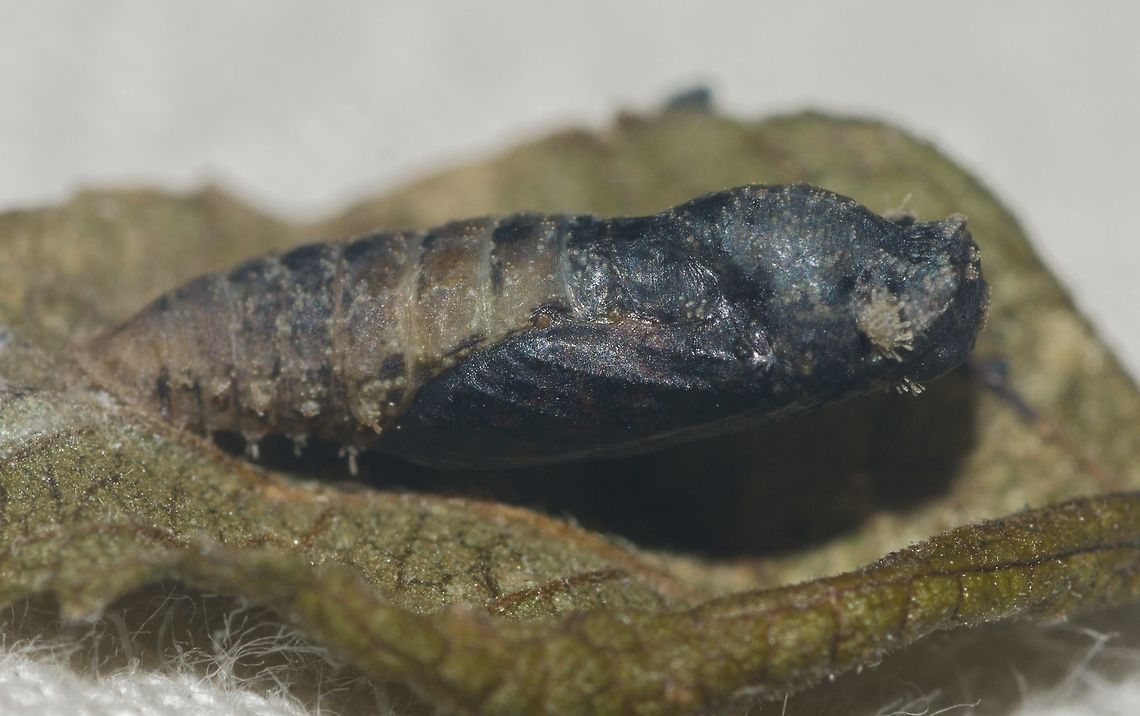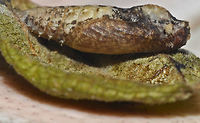
No species identified
The species on this photo is not identified yet. When signed in, you can identify species on photos that you uploaded. If you have earned the social image editing capability, you can also identify species on photos uploaded by others.
By Oscar Neto
All rights reserved
Uploaded Jun 28, 2018. Captured in Rua Tomás Acioli, 1200 - Joaquim Távora, Fortaleza - CE, 60135-180, Brazil.

